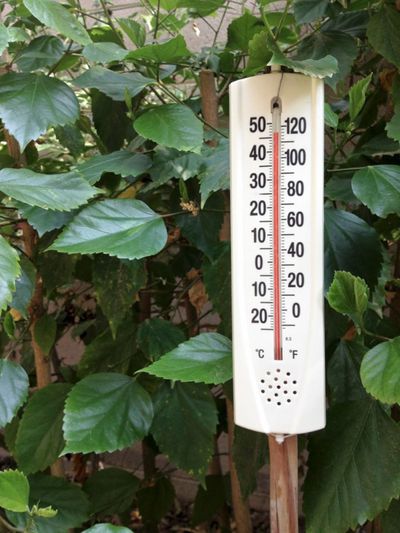Heat Wave Gardening
A handy tool to help navigate heat wave gardening is from the American Horticultural Society. They have created a Heat Zone Map containing 12 zones across the United States. Each zone indicates the average number of days each year that a heat event occurs – when temperatures exceed 86 F. (30 C.), the temperature when plants begin to suffer from heat. Planning a garden specific to your climate is the best way to combat gardening in a heat wave. While the map will indicate if you should be planting heat tolerant cultivars, it isn’t a cure all, especially if you have tender annuals growing. So how do you go about caring for plants in a heat wave? Start with healthy plants. Healthy plants are more able to tolerate heat than those stressed by lack of irrigation and nutrients or weakened by disease and pests. Plant in soil that is well-draining, rich in organic nutrients, and easy to keep irrigated. Also, plant at the correct depth; roots that are too close to the surface will fry during a heat wave.
Caring for Plants in a Heat Wave
Even when your plants are in the best condition they can possibly be in, they still need specialized plant care during a heat wave. Be sure they are watered (water early in the morning), mulch around the roots to keep them cool and help retain moisture, and provide shade. Shade can be in the form of a shade cloth, old sheet, or even a beach umbrella. Despite your best efforts of caring for plants in a heat wave, some will inevitably fail. Cool weather crops will bolt, for instance. Sometimes, you have to cut your losses and just replant with heat tolerant veggies like beans, chard, or carrots. Plants grown in containers need extra special attention. Container grown plants tend to dry out more quickly than those in the garden so extra attention to watering is vital. Mulching around the roots will also help to keep them cool. Also, if possible, move the container into a shaded or semi-shaded area. If lacking that option, consider providing shade with a shade cloth or the like.
